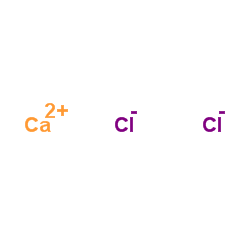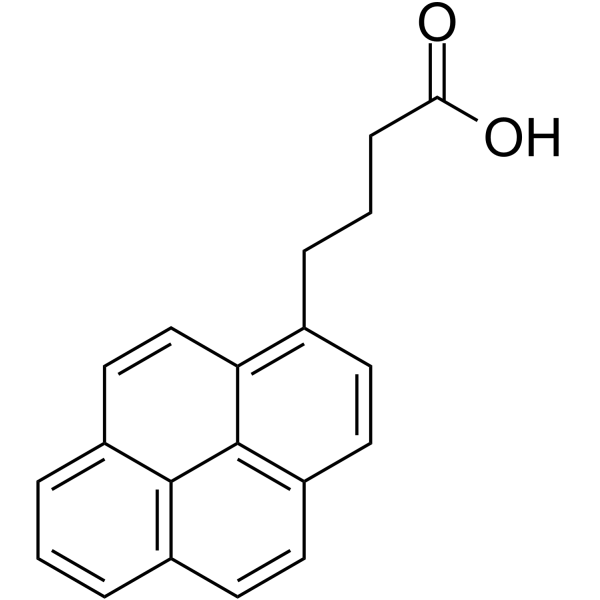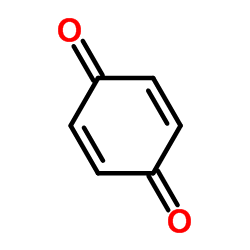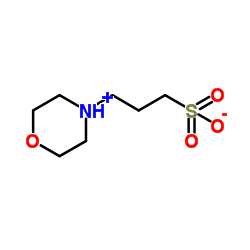| Structure | Name/CAS No. | Articles |
|---|---|---|
 |
Calcium chloride
CAS:10043-52-4 |
|
 |
1-Pyrenebutyric Acid
CAS:3443-45-6 |
|
 |
potassium chloride
CAS:7447-40-7 |
|
 |
1,4-Benzoquinone
CAS:106-51-4 |
|
 |
MOPS
CAS:1132-61-2 |
|
 |
calcium chloride dihydrate
CAS:10035-04-8 |